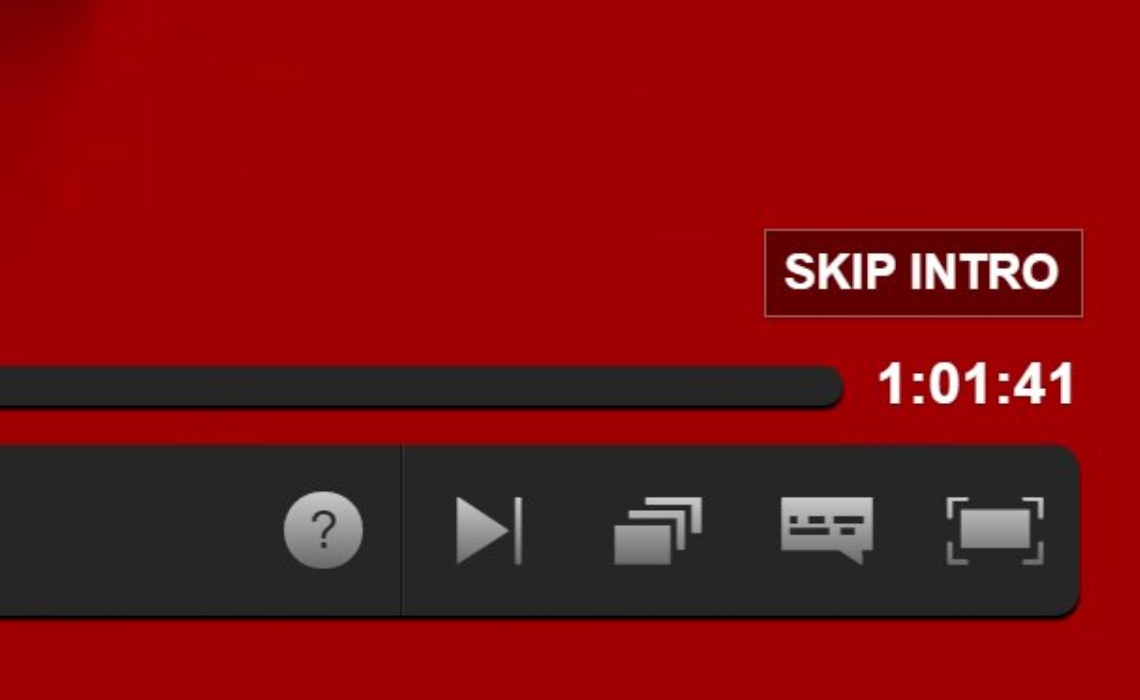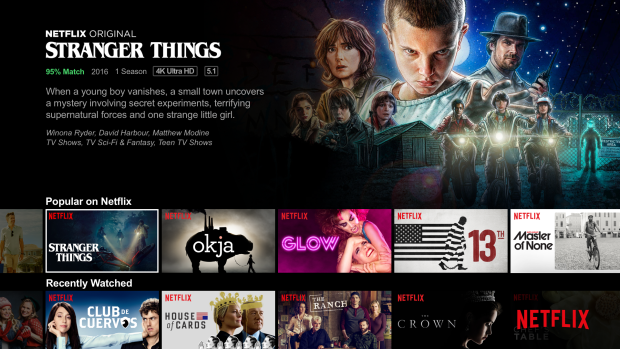I bought Netflix free trial version a couple of months back and I think Netflix has, hands down, the best UI design I have ever seen… try to convince me otherwise. The design is so intuitive and well designed that you will get lost inside and won’t probably come out unless you make a conscious decision to do so. Netflix indeed invented the term Binge-watching and even the term is added to the dictionary as recently as 2014.
Even the CEO of Netflix is caught saying “our worst enemy is sleep”. I mean what is Amazon Prime and Hotstar is doing. They possess no threat to Netflix from the Design standpoint. What I mean is, you have to go to Hotstar or Amazon prime with the Intention of watching a specific film or a series or at least with an intention of watching something. But Netflix has designed its way to casual watching, like YouTube or Instagram or just plain old TV for that matter. But what Netflix has managed to achieve is much greater than that of YouTube, since the average video length is much lower on YouTube. The amount of design Netflix has to do to compensate for that disadvantage is just enormous. I will break down some of the design elements I noticed, but I guess there is a lot more going.
As I mentioned in my last article, reducing the resistance to usage for the user is the fundamental principle of design and there is no doubt, that Netflix has mastered it. It has never been easier for us to consume videos for 12,13 hours continuously. I myself managed an 8-hour stint. What is a significant achievement here is that you can never manage to do similar stints on your TV or downloaded series on your laptop.
First and the most blatant design element is that Netflix is not allowing us to watch credits. Truth be told, we don’t want to watch credits. But credits help us, although indirectly to reflect on the passage of time because we will be inattentive on the credits scenes and we will be thinking about different things in the credit things and probably you will think about time. Since we are wasting no time watching credits, watching a 20-episode season is like watching a really long movie.

Netflix even had a “Binge-watching mode”, in which it shows you a timeline of all the episodes available and where you are in now. It gives you a vague approximation of the percent of the show you have finished. They removed that feature because of criticisms and multiple research studies linking health and binge-watching. There is also the infamous Autoplay. You don’t have to do anything to watch the next episode, it just moves on to the next episode. The autoplay feature of Netflix works much better than the one on YouTube because the chances are the next videos on YouTube will not be part of the previous video.
Another awesome tactic is that of the “percent match rating”. Netflix gives you a number based on your viewing patterns, the general quality of the show (Thumbs rating), or the movie and their overwhelmingly large raw data of users. But, honestly, I don’t think this number is not very accurate and they know it. It is just another motivating factor for you to watch a particular show and helps you avoid shows, which they are certain you won’t like (based on your viewing patterns. Truly this is a genius masterstroke; makes you continuously watch the shows you might like and making you avoid watching shows they know that you might not like and keeping the user satisfaction levels high; you are most likely to subscribe for another month. There are even criticisms that Netflix is boosting the scores of its original series and movies.

I saved the best for the last. Netflix’s greatest trick up their sleeves. For the first few days of my subscription, I noticed that the movie’s thumbnail photo changes often and those photos are not traditional poster photos. After some googling, I found that Netflix is using “Personalised movie/series thumbnails”. The 2 primary factors that influence us to watch a particular movie/series are the Name and the Thumbnail photo (more predominant) and multiple scientific studies have proven the same. Netflix runs a really complex image processing algorithm to take thumbnail and cover photos directly from the film frames- movie consists usually of 24 frames/second. After assessing various factors, the algorithm selects thumbnail photos from hundreds of thousands of frames a typical movie has. And based on your viewing and “clicking” patterns, Netflix tests you with those thumbnails. This is just wow… I mean this is as ingenious as ingenious gets. Because, more often than not, I chose movies based on the cover photo, when I am casual watching.
I will illustrate this with the example of Thor Ragnarök. This is just created by me for the sake of illustration and not created by Netflix. This is how Netflix changes the thumbnail photo based on their data-model of the person you are.
Awesome, isn’t it???
References
https://www.youtube.com/watch?v=axCBA3VD5dQ - Vox video on Netflix personalized thumbnails



.JPG)

Comments